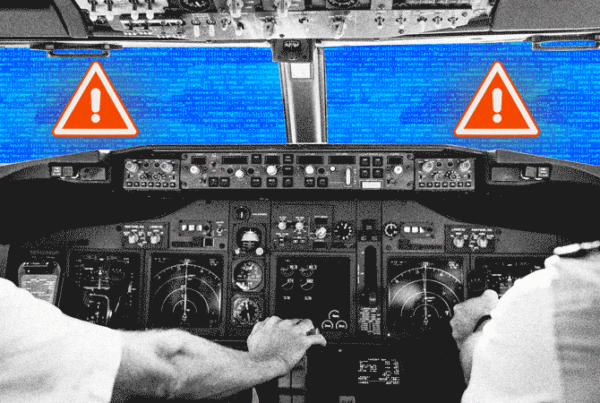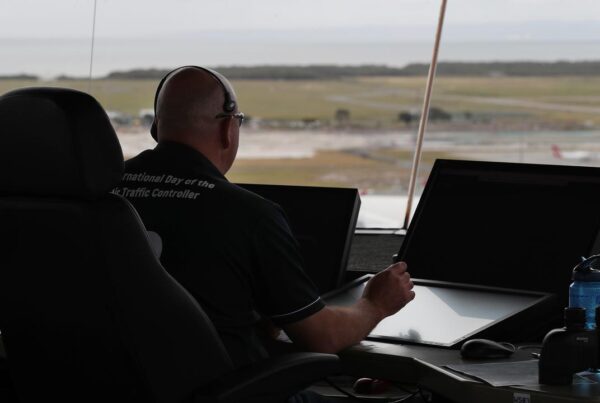The problem with black boxes is that they are attached to the airplane.
Although their contents are invaluable for figuring out the cause of an accident, if we can’t find the airframe, we don’t get the answers.
It took two years to find Air France 447, while Malaysian 370 remains lost to this day. The industry seems to be becoming more aware that there is something wrong with the way we have been tracking, searching for, and finding accident aircraft.
And as part of this, there is an emerging push for black box data to be streamed live during a flight using internet-based technology.
From a safety perspective, it makes sense. But from a practical standpoint, it’s not all smooth sailing. Here’s a brief look at how these new technologies might work, and why organisations such as IFALPA, along with some pilots, are still pushing back.
The ‘Cloud’.
Storing data in the cloud is becoming a reality with both flight data and voice. All you really need is an internet connection to let the magic happen.
With that in mind, the idea is that black box data could be streamed to the cloud constantly. Meaning it is immediately available to safety investigators if or when an accident or incident happens.
ICAO.
As a result of accidents like the ones mentioned above, ICAO is implementing a mandate for new aircraft with MTOWs over 27,000kg (60,000lbs) due to come into effect from 2023.
It’s an extension of their Global Aeronautical Distress and Safety System, or simply ‘GADSS’ – their initiative to make tracking and finding aircraft in emergencies much more efficient.
A big part of it is that onboard equipment will need to recognise abnormal or emergency conditions from parameters such as speed or unusual attitudes automatically, and then begin broadcasting very accurate position reports as often as once a minute – as opposed to the 15 minutes when ops are normal.
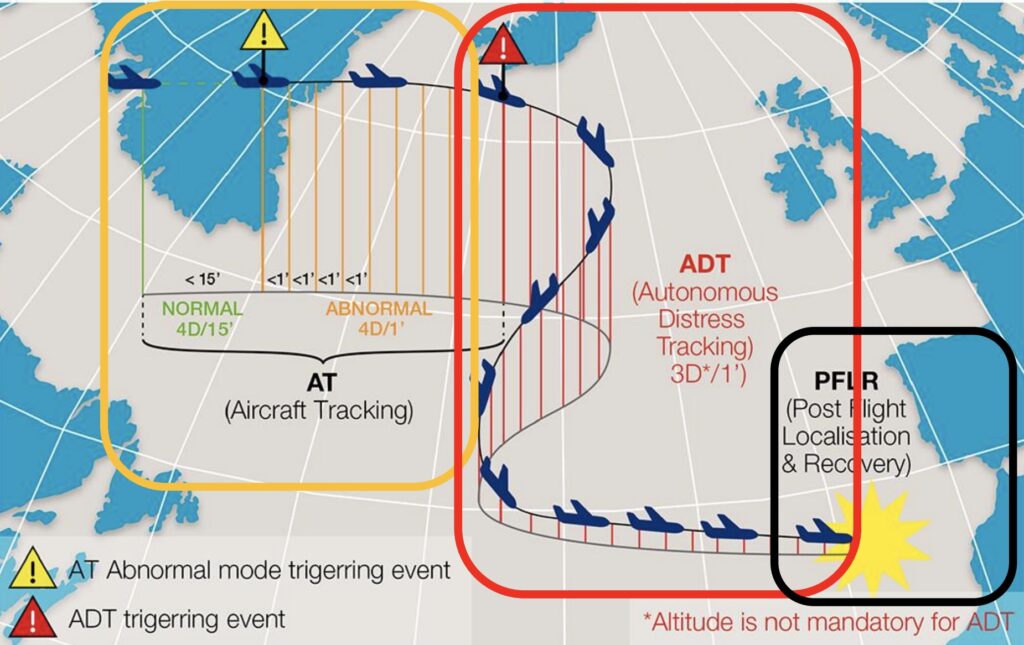
ICAO GADSS – systems must automatically detect situations of distress and broadcast position more frequently.
Big Tech.
Technologies are being developed to allow manufacturers to comply with these GADSS requirements, and in some cases they are taking things one stop further – to include flight data streaming.
Take Satellite Communication heavy hitter Inmarsat for example. Their ‘Black Box in a Cloud’ solution allows data to be live streamed via the internet, to the ground as soon as there is sign of trouble.
Honeywell and Curtiss-Wright have also joined forces to develop new recorders capable of continuous transmission to their own facilities on the ground.
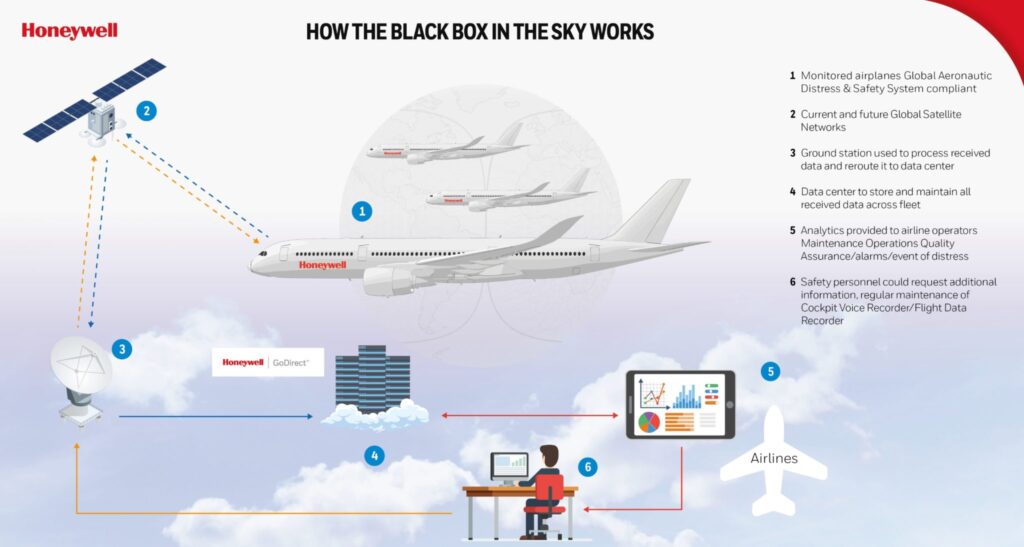
Example of how black box data streaming works. Courtesy: Honeywell
IFALPA says nay…for now anyway.
So on the face of it, black box streaming seems like a no-brainer.
But there are still concerns. On May 9, IFALPA published a position paper on just this issue – and it seems they’re not on board yet, due to security concerns.
Streaming flight data on the internet may open the door to those wanting to leak, or corrupt it. It is important that the media and public domain don’t get a hold it before investigations have taken place, and there may even be those with more malicious intent who want to alter it in some way.
And there are no existing technologies that are 100% secure. IFALPA argue that as the technology develops, so too must our ability to protect it. And until then, IFALPA will remain opposed to it.
Other problems.
It’s not just security either. Here are some other roadblocks that live flight data streaming faces:
Privacy – across the board there may be push back from crew who, understandably, don’t want their voices recorded and broadcast to the internet. It may be for similar reasons why the industry has resisted the use of cockpit video recordings for the past two decades, despite the desires of the ATSB.
Cost – The suggestion of retrofitting this type of technology to existing airframes would be timely and very costly. And in the current industry environment, there is likely to be significant push-back on introducing additional expenses.
Speed – Have you ever tried to stream a movie on that hideously long red-eye? It can be notoriously slow and unreliable – especially in more remote parts of the world. Flight data recorders also save an immense amount of data, which means satellite time and storage could become uber-expensive.
For live flight data streaming to be effective and reliable, the logistics behind it also need to be rock solid. And there are concerns we’re not there yet.
Live flight data streaming will eventually become the new normal. But how long that takes depends on the aviation’s ability to overcome these hurdles.
More reading:
- Latest: Saudi Arabia Overflights – Free Route Gotcha
- Latest: International Ops Bulletin
- Latest: Outsmarting the GPS spoofers: A clever app
- Safe Airspace: Risk Database
- Weekly Ops Bulletin: Subscribe
- Membership plans: Why join OPSGROUP?



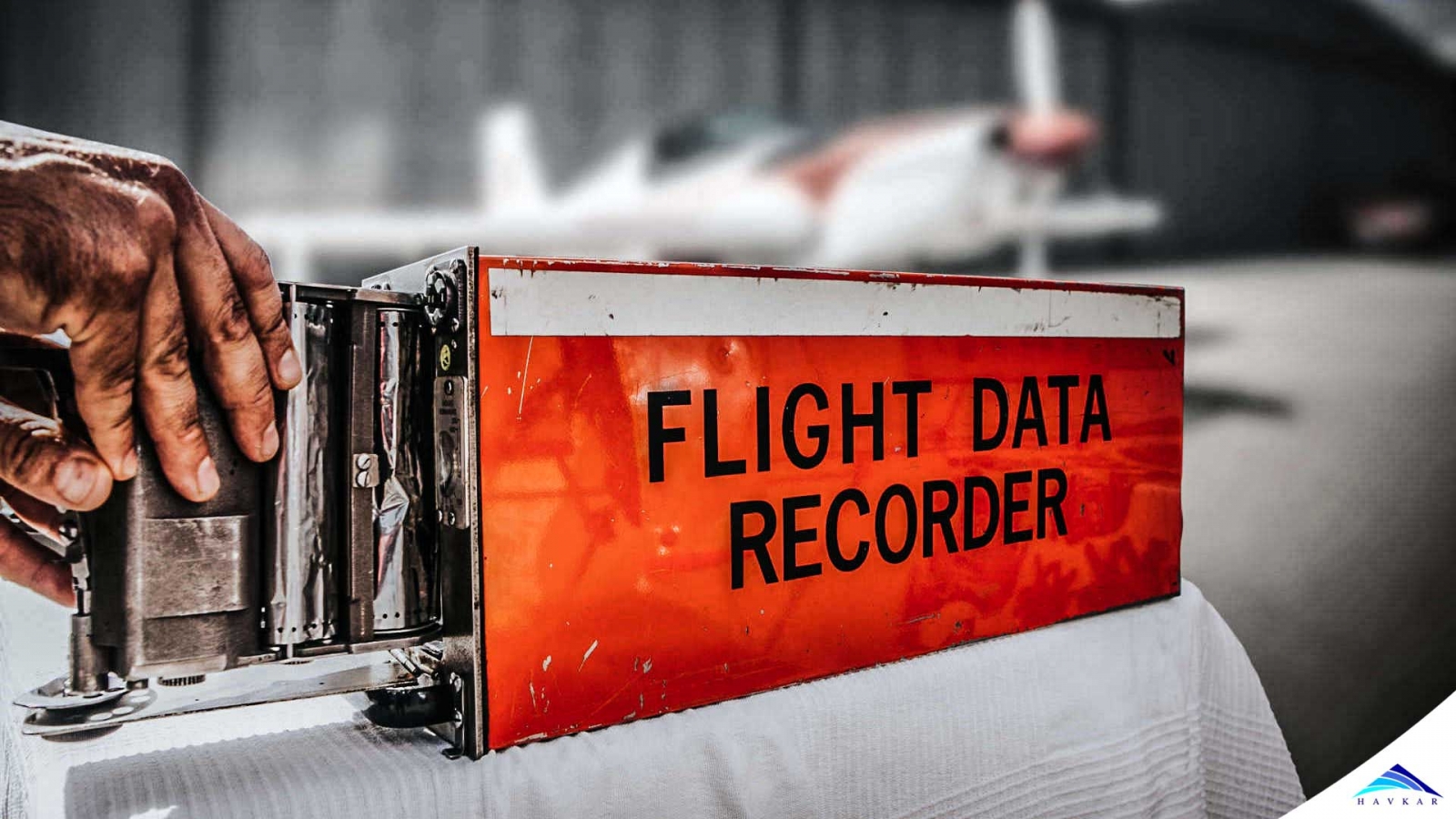


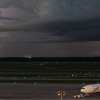


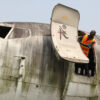

 Get the famous weekly
Get the famous weekly 




